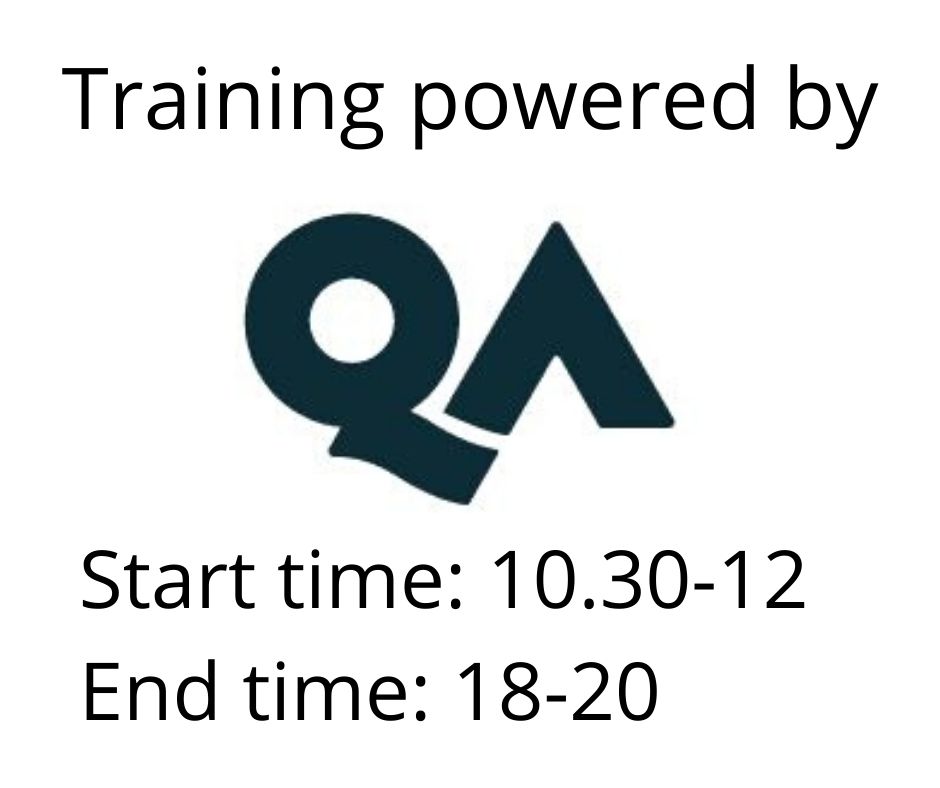Collaboration Communications Systems Engineer
Training formats
Remote
Duration
4 days
Price
3249 €
Please note that there is considerable overlap in content between this course and course MS700 Managing Microsoft Teams. This course contains more in-depth content about deploying Microsoft Teams Phone, planning and optimising the network for Teams, and troubleshooting Teams. There are also two short guided projects in which students can put into practice what they have learned.
If you have attended the MS700 course please review the outlines of the two courses and ensure you are comfortable with the level of overlap with this course.
This training course is designed to give participants the knowledge and skills to become a Collaboration Communications Systems Engineer. Participants should understand the fundamentals of networking, telecommunications, audio/visual and meeting room technologies, identity and access management, and Microsoft Teams.
They will gain hands-on experience configuring and deploying Microsoft Teams Phone, meetings and certified devices including Microsoft Teams Rooms and Surface Hub. The course will also cover how to manage and monitor Teams Phone, meetings, and certified devices using the Microsoft Teams admin center, PowerShell, the Microsoft Teams Rooms Pro Portal, and the Call Quality Dashboard.
In addition, the course will cover configuring and deploying Microsoft Teams Phone with PSTN connectivity through Microsoft Calling Plans, Operator Connect, Teams Phone Mobile, and Direct Routing.
This course help to prepare the student for the Microsoft exam MS-721: Collaboration Communications Systems Engineer
Audience Profile
Collaboration Communications Systems Engineers are responsible for planning, deploying, configuring, maintaining, and troubleshooting Microsoft Teams Phone, meetings, and personal and shared space devices, including Microsoft Teams Rooms and Surface Hub.
Collaboration Communications Systems Engineers have a fundamental understanding of networking, telecommunications, audio/visual and meeting room technologies, identity and access management.
They are proficient in managing and monitoring Teams Phone, meetings, and certified devices using the Microsoft Teams admin center, PowerShell, the Microsoft Teams Rooms Pro Portal, and the Call Quality Dashboard. They deploy and configure Microsoft Teams Phone with PSTN connectivity through Microsoft Calling Plans, Operator Connect, Teams Phone Mobile, and Direct Routing.
Collaboration Communications Systems Engineers work with Teams Administrators, Microsoft Identity and Access Administrators, and Microsoft 365 Administrators. In addition, they may work with owners of other workloads, including facilities managers, network engineers, security engineers, device manufacturers, telephony providers, and Microsoft Certified solutions providers.
Before attending this course, students should have general knowledge of the following topics:
- Microsoft 365 and Microsoft Teams
- Networking, telecommunications, and audio/visual basics
- Identity and access management basics
Important:
Multi-factor authentication (MFA) requirements: For security purposes Microsoft require MFA for access to the Microsoft 365/Dynamics 365 tenants used for this course. As such, you will be need to have a mobile device available upon which you will set up the free of charge Microsoft Mobile phone authenticator App which can be downloaded here with details on how to sign in here
Learning Path 1: Plan and design Teams collaboration communications systems
In this Learning Path, you'll learn how to plan, design, and deploy Microsoft Teams collaboration communications systems with Microsoft Teams meetings, Teams Phone, and personal and shared space devices, including Microsoft Teams Rooms and Surface Hub.
Modules in the Learning Path
- Introduction to Teams meetings and calling
- Plan for Teams Phone
- Plan for Microsoft Teams Rooms and Surface Hub
- Plan and optimize network performance for Teams
- Configure and deploy Teams Phone
- Configure and deploy Teams Phone with Direct Routing
- Extend Teams Phone with additional services
Lab: Prepare the lab environment
- Assign permissions and licences
- Set up PowerShell for Microsoft Teams administration
Lab : Configure your environment for Teams Voice usage
- Evaluate your network with Network Planner
- Use the Teams Network Assessment tool
- Configure a basic network topology for Dynamic Emergency Calling
- Configure voice policies
- Prepare users for calling
- Configure audio conferencing settings
Lab: Expand your Teams Voice environment to use Direct Routing
- Configure lab for Direct Routing
- Deploy the Session Border Controller
- Configure the Session Border Controller
- Configure Teams for Direct Routing
Learning Path 2: Manage Teams collaboration communications systems
Discover how to manage Teams collaboration communications systems, including Microsoft Teams meetings, Teams Phone, Microsoft Teams Rooms and other devices after implementation. You'll learn how to manage Teams users, Teams devices, and perform common troubleshooting tasks.
Modules in this Learning Path
- Manage meetings and events experiences
- Configure and manage voice users
- Configure auto attendants and call queues
- Configure, deploy and manage Teams devices
- Monitor and troubleshoot Teams collaboration communications systems
Lab: Manage your Teams Voice environment
- Manage Voice users
- Configure Call Queues and Auto Attendants
- Manage teams devices
- Monitor and troubleshoot Teams Phone
There are also two Guided projects, where you will be asked to configure Teams without looking at detailed instructions.
- Guided project – Create and assign Teams policies
- Guide project – Prepare meeting room experience
Price 3249 € +vat
